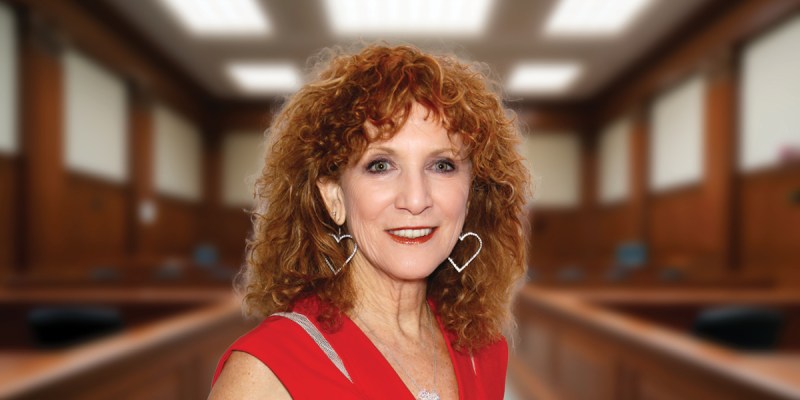By Helen Klein
Vincent Eaton was only six months old when he was diagnosed with a rare hereditary disorder, Multiple Hereditary Exostoses (MHE). Since being diagnosed with the condition, the now- 11-year-old boy – a sixth-grader at Bay Ridge’s St. Anselm’s School — has undergone nine operations whose goal has been to lengthen his limbs and correct hand, arm and leg deformities. And, he and his parents, Craig and Susan Eaton, have become actively engaged in the effort to raise money to do research into MHE – in hopes of finding a cure, as well as to raise awareness of this unusual but devastating bone disorder, which causes benign, cartilage-capped tumors to grow on bones throughout the body. These tumors, called exostoses, can cause a wide range of problems, from chronic pain to mobility issues and shortness of stature, as well as early-onset arthritis. This occurs, said Susan Eaton, because the exostoses, “Interfere with the normal growth of limbs. They sometimes deform them and sometimes stop them from growing.” While the disorder is hereditary, meaning that the children of those who have the condition have a 50 percent chance of being born with it, 10 percent of cases occur in individuals without a family history of the disorder, according to Eaton, who said that the severity can vary from individual to individual “Some people might have one growth and that’s the end of it,” noted Eaton. “Vincent has had growths on his fingers, his wrists, the long bones of his arms, his shoulder blades, his hipbones.” In the United States, one person in every 50,000 is estimated to suffer from the condition, the severity of which appears to increase with each succeeding generation that inherits it. According to Eaton, the best approach currently available is to do surgery to remove the growths, though, as Eaton noted, “You can’t operate on every single one when there are many.” As a young child, Vincent had surgery every year, on his fingers, his legs and his arms, recalled his mother. “His arm stopped growing, so they had to lengthen it artificially,” she explained. Nor, Eaton added, are the surgeries at an end. “He has two more surgeries lined up for this fall,” she said. “He’ll be dealing with it forever but once he stops growing, it will subside a little,” Eaton added. “It will still be there and will give him problems, impinge on his nerves, impinge on his tendons. He could become arthritic. The chance of cancer is small, but it’s there.” Nonetheless, having the disorder has not dampened Vincent’s spirit. “He’s a trooper,” asserted Eaton, who said, “He’s really good about it.” Because he would rather not take painkillers, Eaton said she had taught Vincent Lamaze, usually used to control the pains of childbirth, to help him deal with the bouts of pain his condition can cause. Vincent has done research into the condition he has and has written school papers on it, said his mother, who affirmed that, through his own choice, he is involved in sports such as basketball, soccer and baseball. “He has pain, but he doesn’t want to quit,” his mother reported, “and the doctor says it won’t make the condition worse.” Vincent, for his part, said that, “On a day to day basis, I am able to do what most 11-year-old boys could do. Sometimes I have pain in my legs, hips or ankles so I just have to slow down a little. When I have my surgeries, I am not able to do sports for that year.” Because he has had the condition for as long as he can remember, Vincent noted, ‘I don’t really think of it as something bad, because I am used to it. I ham used to going to doctors a lot and having surgeries and x-rays and MRIs.” While MHE has not gotten the same attention as other disorders, there are promising roads for research, noted Eaton, who said that she and her husband are currently working to set up a Brooklyn-based, not-for-profit organization dedicated to raising money to find a cure as well as better treatments for the disorder, and to providing support to MHE sufferers and their families. In September, 2005, the Eaton family hosted a MHE fundraiser, “Funtasia,” at Coney Island’s Gargiulo’s Restaurant which brought in close to $50,000 to be used for research and support services for people with MHE. “I was amazed how people responded who we didn’t even know,” recalled Eaton, who said her initial fundraising goal had been $20,000. That, she hopes, is just a beginning. Those who are interested in helping out, or who have the condition and would like to find out about support services, can contact Eaton by e-mailing her at SuzyQ112161@ aol.com. “I hope that in the future they will be able to find a cure or a better way other than surgery to help people who suffer from MHE,” Vincent stressed. “I would like to be part of the team of researchers that finds the cure someday, so that it will help my children if they are born with MHE too.”

































